One such company is JetZero, which, in partnership with engineering giants Siemens and Northrop Grumman, is developing a revolutionary passenger jet design that seamlessly blends the wings into the fuselage.


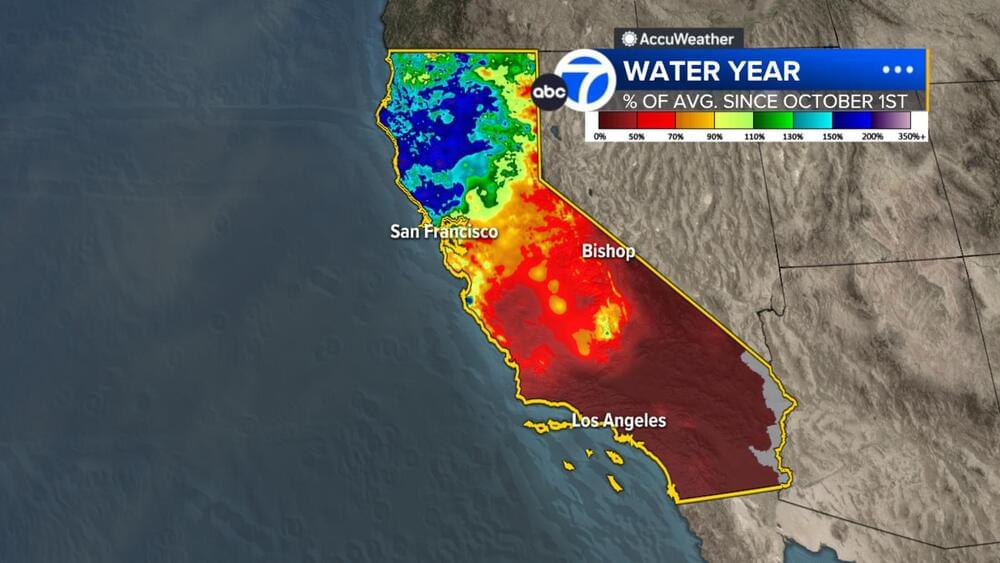
SAN FRANCISCO (KGO) — We are anticipating a dry week ahead (not uncommon to have 1 or 2 weeks of dry weather before storms return) and we are nearly halfway through the rainy season.
Across the state, Northern California has seen flooding rains while Southern California has barely seen a drop of rain this winter.
We are doing quite well across much of the Bay Area. Majority of cities are above average/close to when it comes to rainfall. However, the South Bay is running significantly below average. This is due to the storm track favoring the North Bay (think flooding rains from weeks past).

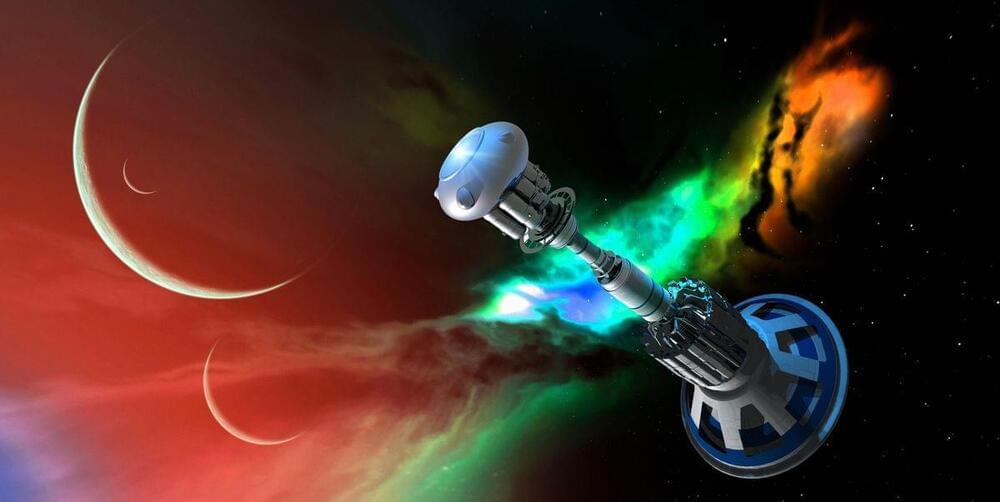

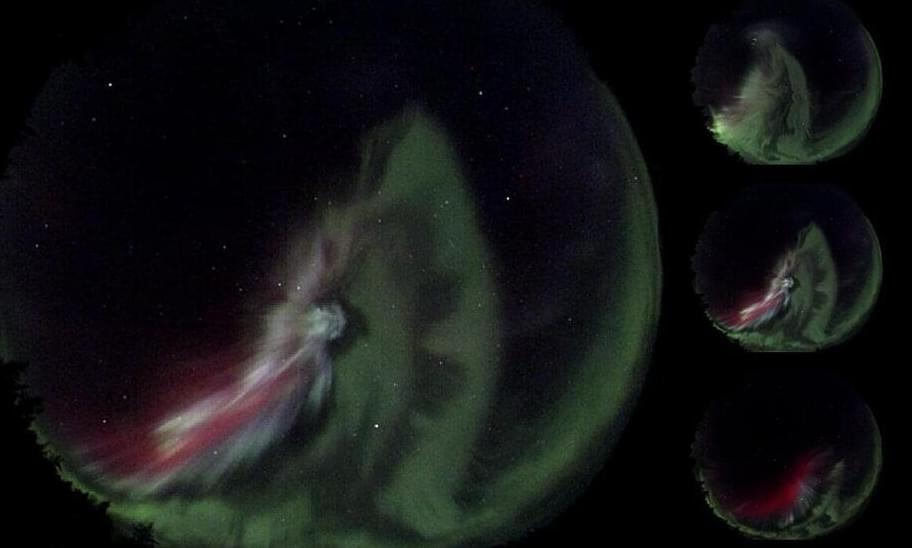
A whitish, gray patch that sometimes appears in the night sky alongside the northern lights has been explained for the first time by researchers at the University of Calgary.
The article, which was published on Dec. 30 in the journal Nature Communications, explores a “structured continuum emission” that’s associated with aurora borealis.
“You’d see this dynamic green aurora, you’d see some of the red aurora in the background and, all of a sudden, you’d see this structured—almost like a patch—gray-toned or white toned-emission connected to the aurora,” says Dr. Emma Spanswick, Ph.D., lead author on the paper and an associate professor with the Department of Physics and Astronomy in the Faculty of Science.
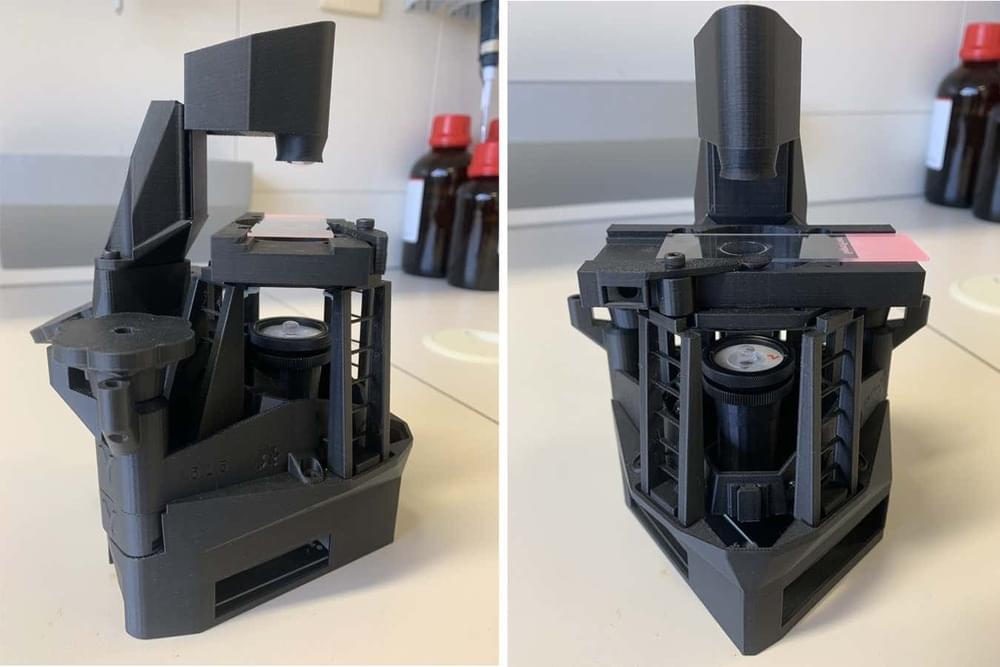
The microscope cost less than £50 to build using an open-source design and a common 3D printer.

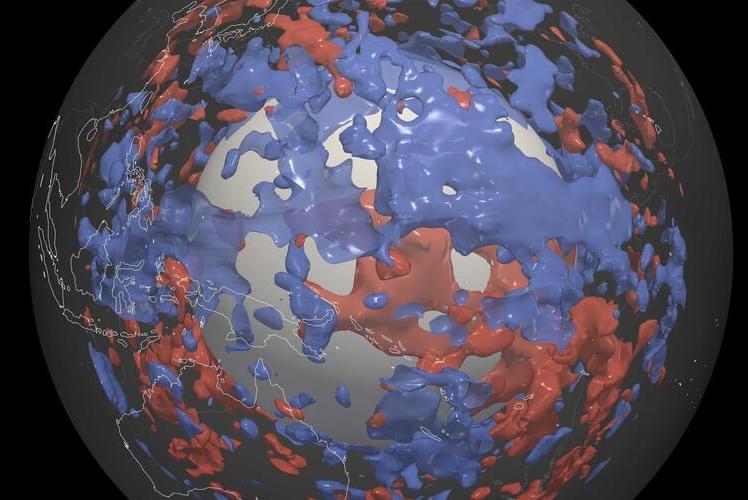
Geophysicists at ETH Zurich are using models of the lower mantle to identify areas where earthquake waves behave differently than previously assumed. This indicates the presence of zones of rocks that are colder, or have a different composition, than the surrounding rocks. This finding challenges our current understanding of the Earth’s plate tectonics – and presents the researchers with a major mystery.

CTMU https://ctmucommunity.org/wiki/Cognitive-Theoretic_Model_of_the_Universe
‘What happens after we die?’ is the most existential question humans face.
But a man with one of the highest IQs in history claims to know the answer.
Chris Langan, 72, is an American horse rancher who is alleged to have an IQ between 190 and 210. That ‘genius’ score is 30 to 50 points higher than Albert Einstein’s.